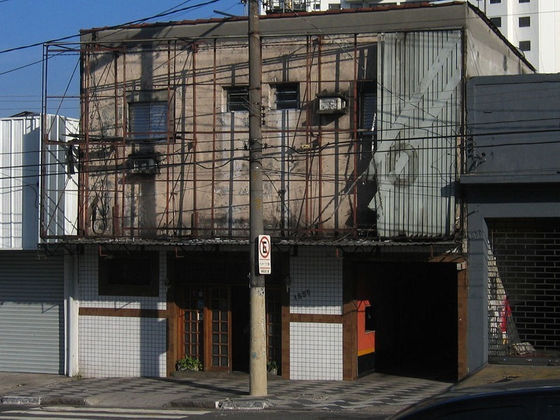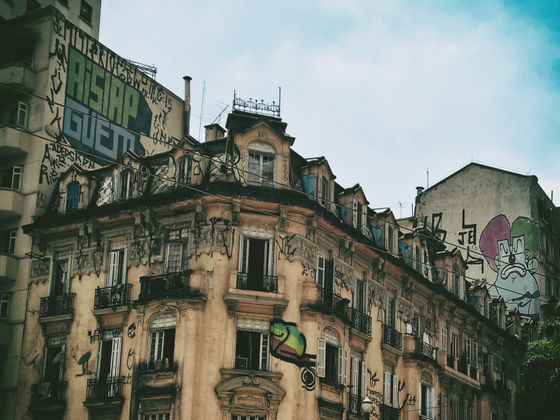What is the landscape of Sao Paulo, Brazil that really implemented the 'Clean City Law' that prohibits all excessive outdoor advertising?

by
São Paulo , Brazil, passed a law in September 2006 called ' Lei Cidade Limpa (Clean City Law)' banning all outdoor advertising, including storefront signs, transit ads and posters. . Although the Clean City Act has been criticized from an economic point of view, many residents report that it is a beneficial law for the landscape.
Sao Paulo: The City With No Outdoor Advertisements | Amusing Planet
https://www.amusingplanet.com/2013/07/sao-paulo-city-with-no-outdoor.html

Visual pollution
The Clean City Act, enacted in September 2006 under then-Mayor Gilberto Casab of São Paulo, bans advertising on taxis and buses and places severe restrictions on signage on storefronts. If you violate the Clean City Act, you will be fined up to $ 8 million (about 1.1 billion yen).
The vote on the Clean City Act was met with fierce criticism from businesses and the advertising industry inside and outside São Paulo. It was feared that the ban on advertising would cause a loss of revenue of $ 133 million (about 19 billion yen), and about 20,000 people would lose their jobs.
Also, Dalton Silvano, the only city councilor who voted against the passage of the Clean City Act, said, ``Advertising is a kind of art, and at the same time, it is one of the entertainments that helps relieve loneliness and boredom.'' Advertisement I think this city will be a lonelier and more boring place when all the are removed.'
However, within a year of its enactment, about 15,000 billboards in Sao Paulo were demolished, requiring a reduction in signage without violating the Clean City Act. As a result, São Paulo's economy did not collapse due to the decline in advertising revenue, but the rapid removal of outdoor advertisements has resulted in partially demolished frames and other items. . 'It's like a war-torn city,' said Kaushik Poutley of Amusing Planet.

However, in a 2011 survey of 11 million residents in São Paulo, about 70% of the respondents answered that the Clean City Act would be beneficial. The removal of outdoor advertisements due to the enforcement of the Clean City Law has revealed the architectural design that has been overlooked so far, revealing the beauty of the city that has been hidden by advertisements for a long time.

Brazilian newspaper Folha de São Paulo, reporter Vincius Galvao, said, ``The enforcement of the Clean City Law has given the city of São Paulo a new culture and identity.''
Also, the social news site Hacker News said, ``By removing outdoor advertisements such as giant displays and flashing lights, I felt less tired and the background noise seemed to disappear from the city.''

On the other hand, it has been reported that there is a loophole in the Clean City Act that does not violate the Clean City Act by installing a large display in the store.

Since the enforcement of the Clean City Act, while outdoor advertising has decreased in São Paulo, graffiti on buildings has increased sharply. While some

Related Posts:
in Design, Posted by log1r_ut







